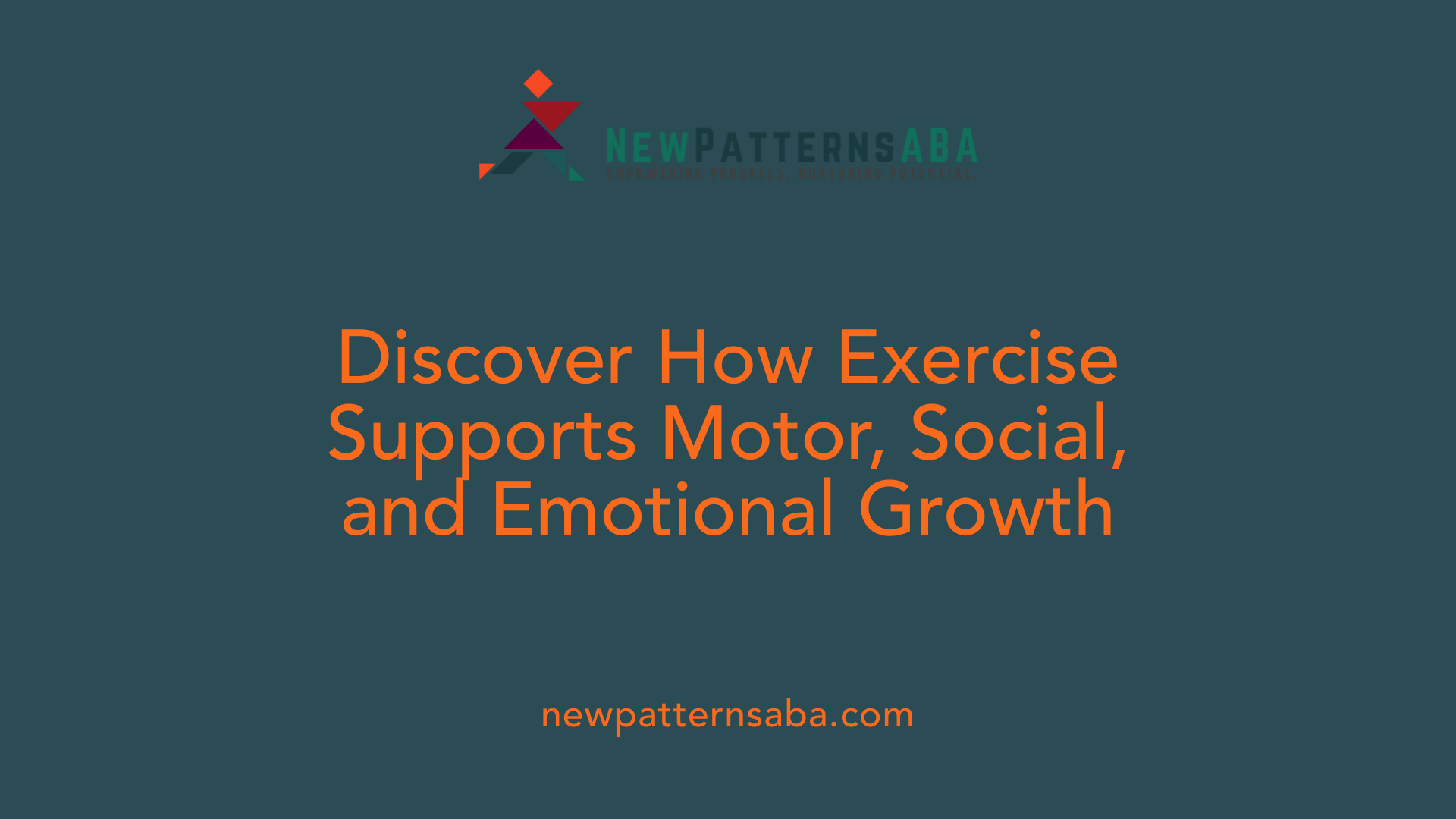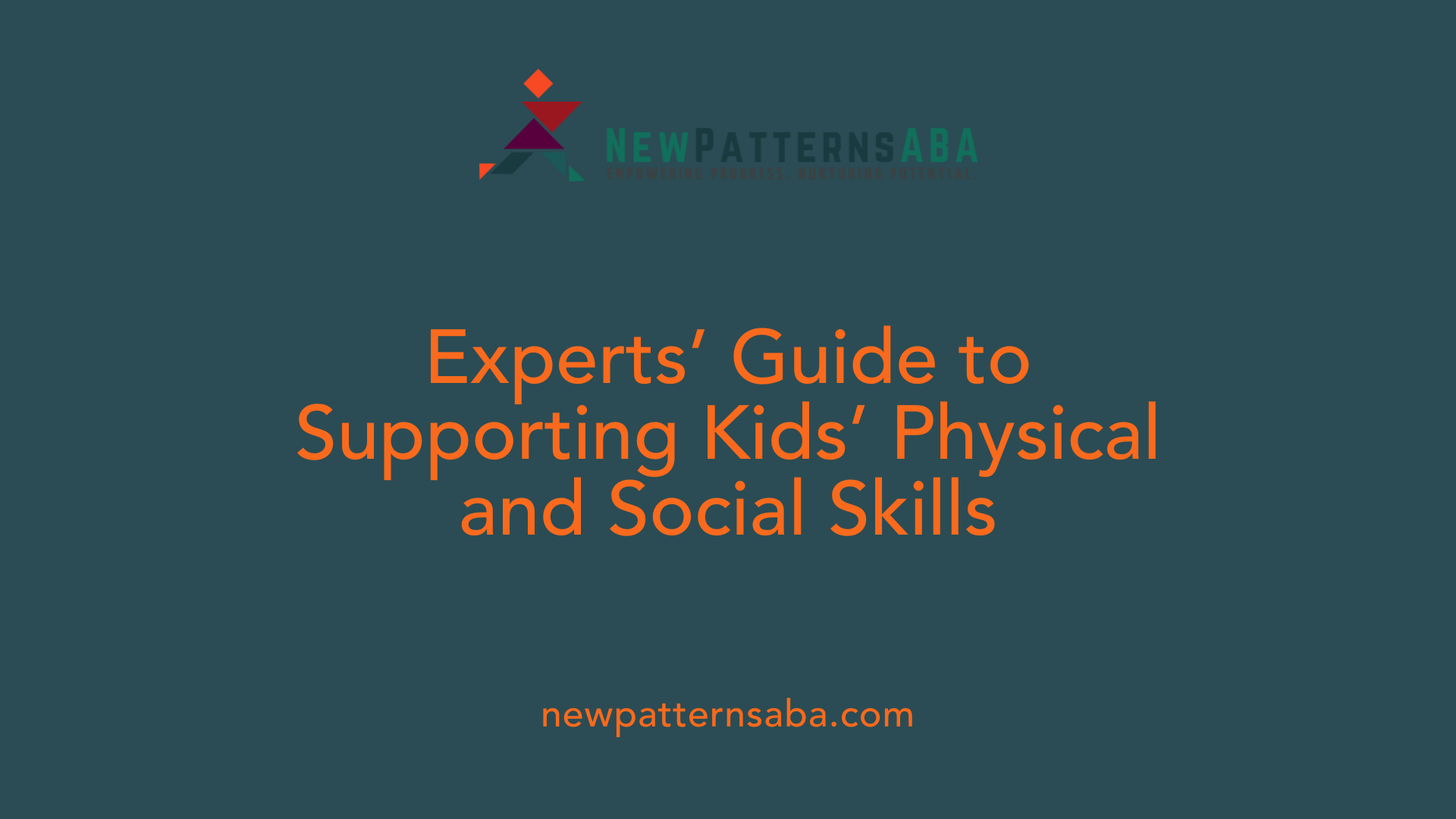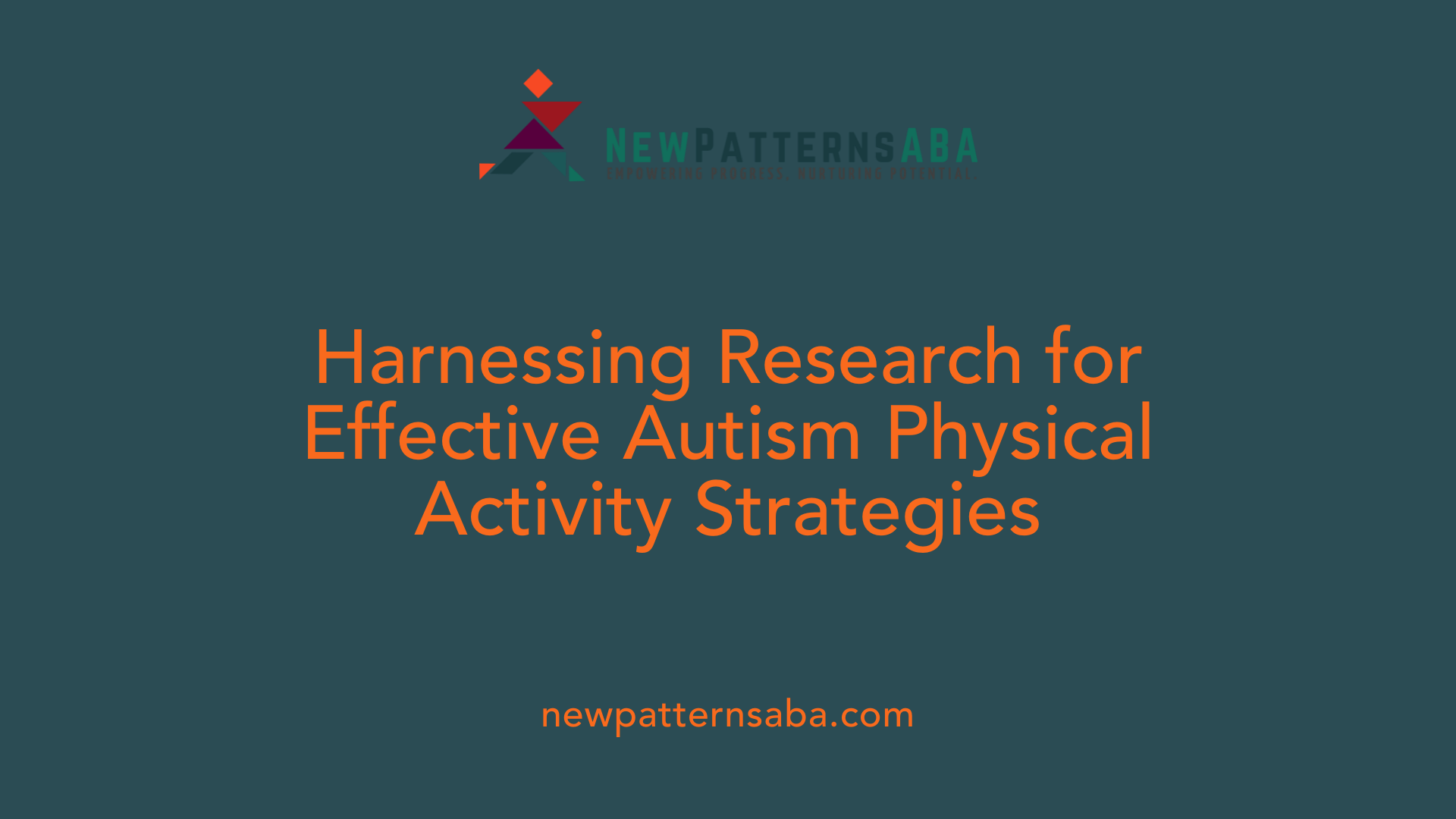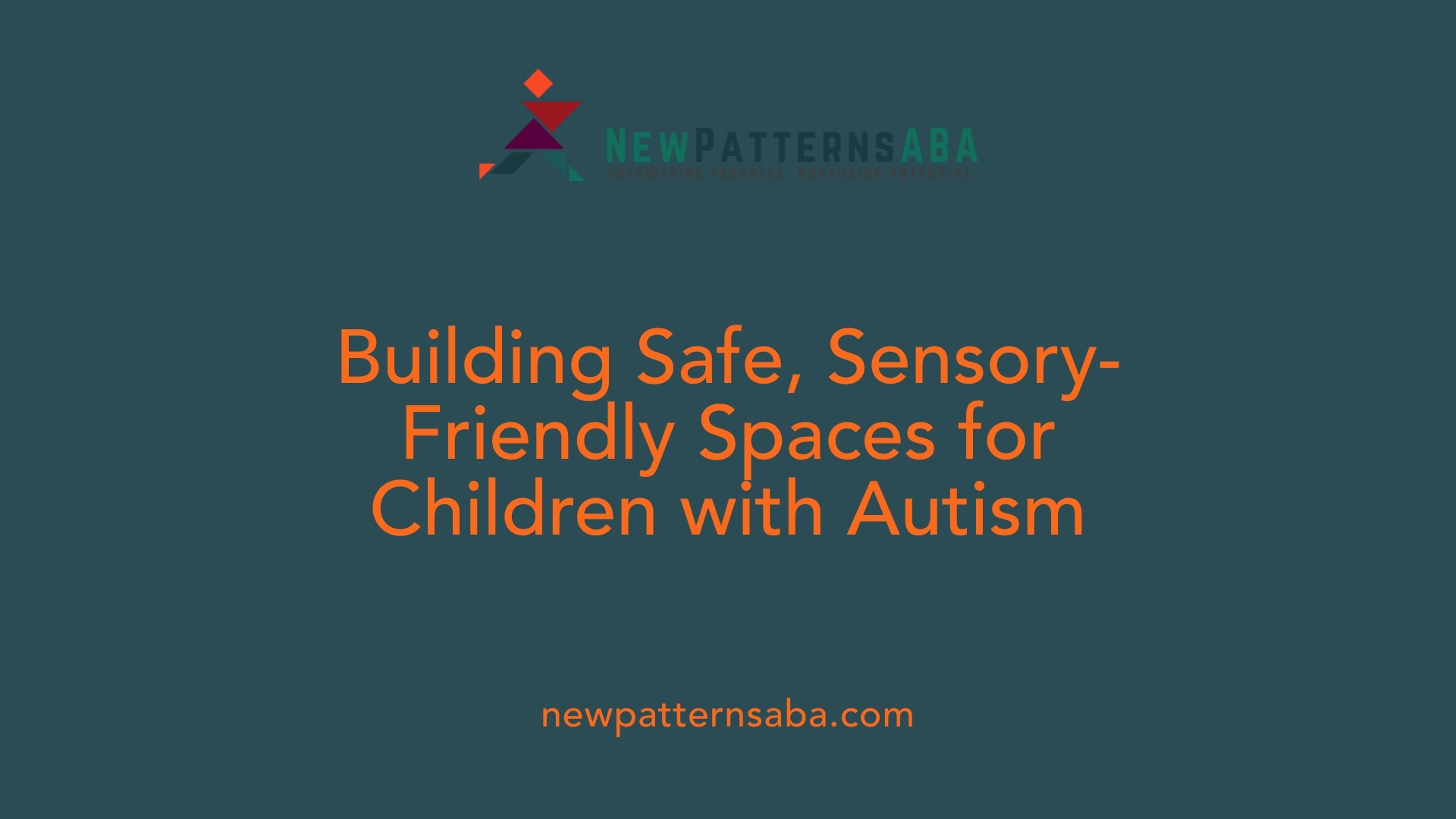Unlocking Potential Through Movement: The Power of Physical Activity for Autistic Children
Understanding the Importance of Exercise in Autism
Physical activity plays a vital role in supporting the growth, development, and well-being of children with autism. Regular engagement in diverse and tailored exercises can significantly enhance motor skills, social behavior, and emotional health, fostering a better quality of life. This article explores how parents, caregivers, and professionals can promote active lifestyles among autistic children using evidence-based strategies and engaging activities.
Benefits of Physical Activity for Autistic Children

How does physical activity improve motor skills in children with autism?
Regular engagement in physical activities can significantly boost motor skills such as balance, coordination, and visual-motor control. Activities like trampoline jumping, horseback riding, and exergaming help develop these abilities. Children often face challenges starting in infancy, with delays in sitting, crawling, or walking, and may have difficulty with balance or catching objects. Targeted exercises such as bear crawls, star jumps, and arm circles not only improve strength and coordination but also support motor planning and body awareness. Physical activity can counteract movement impairments, fostering greater independence and physical confidence.
In what ways do physical activities enhance social skills and communication?
Participating in group activities like running, horseback riding, or team sports creates opportunities for social interaction and nonverbal communication. Activities such as martial arts and minibasketball can promote social motivation, interpersonal skills, and reduce stereotypical behaviors. Exercise settings provide a fun, safe space for practicing social cues and turn-taking, especially when adapted programs are used. Parental involvement and coaching tailored to children’s needs further facilitate social development. These environments can also improve eye contact, conversation skills, and group cooperation, all crucial for social integration.
What benefits does physical activity bring to physical health and obesity prevention?
Children with autism tend to have lower activity levels, increasing their risk for obesity from toddlerhood onwards. Physical activity helps increase muscle strength, endurance, and overall fitness, which are vital for long-term health. Activities like swimming and jumping help develop leaner body weight, improve posture, and enhance flexibility. A structured exercise routine can also establish healthy habits that prevent obesity-related issues later in life. Moreover, tailored programs by professionals such as Accredited Exercise Physiologists ensure safe participation, promoting lifelong physical health.
How does exercise positively influence behavioral and mental health?
Exercise releases endorphins that improve mood, reduce anxiety, and promote overall emotional well-being. It can decrease maladaptive behaviors, stereotypies, hyperactivity, and aggression. Studies show that physical activity leads to improvements in mental focus, concentration, and organizational skills. Activities like martial arts and dance may decrease repetitive behaviors while enhancing cognitive functions. Regular physical activity, integrated into daily routines with visual schedules and mild bursts of high-energy tasks, supports better mental health, resilience, and social engagement. For children with autism, these benefits translate into more positive behavior, increased independence, and a better quality of life.
Strategies to Encourage Participation in Physical Activity
How can parents and caregivers encourage children with autism to participate in physical activity?
Supporting children with autism to engage in physical activities involves careful planning and understanding of their needs and interests. Creating structured routines helps children know what to expect, reducing anxiety and building consistency.
Choosing activities based on the child's interests, such as swimming, horseback riding, or martial arts, makes participation more enjoyable and motivating. Visual aids like visual schedules or social stories can help children understand the steps involved and what to expect from activities.
Sensory accommodations are essential, as children with autism may have sensory sensitivities. Providing sensory-friendly environments or equipment adjusts the experience to suit their comfort levels.
Starting small is effective—initial goals should be achievable, like a short walk or a few minutes of jumping on a trampoline. Positive reinforcement, such as praise or small rewards, encourages ongoing participation.
Role modeling active behavior by parents and family members shows children that physical activity is fun and normal. Participating together promotes social bonding and demonstrates active, healthy lifestyles.
Collaboration with professionals like physical and occupational therapists can help develop tailored exercise plans that focus on improving motor skills and confidence. Utilizing specialized programs designed for children with autism ensures exercises are appropriate and engaging.
Overall, making physical activities accessible, enjoyable, and part of daily routines supports children with autism in developing physical, social, and communication skills, promoting their overall well-being.
Suitable Exercises and Activities for Autistic Children

What types of exercises and activities are suitable for children with autism?
Children on the autism spectrum can greatly benefit from a wide range of physical activities tailored to their sensory and developmental needs. Sensory-friendly exercises, such as yoga, sensory bins, and sensory play, help regulate sensory processing issues and promote feelings of calmness and relaxation.
Gross motor skill activities are instrumental in improving coordination, balance, and strength. Popular options include swimming, obstacle courses, jumping on trampolines, and outdoor scavenger hunts. These activities not only build physical skills but also boost confidence and enjoyment.
Engaging children with their interests through recreational activities like music, gardening, and arts and crafts can foster social skills and emotional expression. Participating in sports such as adapted soccer, tennis, or horseback riding encourages teamwork and physical development.
Activities that focus on social-emotional growth, including empathy games, scenario discussions, and mindfulness exercises, can help children recognize and regulate their emotions while strengthening social bonds.
Creating routines with visual supports makes it easier for children with autism to participate actively and comfortably. Ensuring that environments are safe and autism-friendly, with minimal sensory overload and clear instructions, encourages ongoing engagement.
Combining these diverse activities in a structured, supportive manner can promote overall growth, making physical activity an enjoyable and beneficial part of everyday life for children with autism.
The Role of Professionals in Supporting Active Lifestyles

How can professionals support children with autism in engaging in physical activity?
Supporting children with autism to participate effectively in physical activity involves a tailored approach that addresses their unique needs and abilities. Professionals, such as Accredited Exercise Physiologists, help develop individualized programs that are both engaging and manageable. These programs often include fun activities like horseback riding, swimming, martial arts, or exergaming, which can improve not only motor skills but also social interaction and communication.
A crucial part of support is collaboration with families and educators to ensure activities are woven into everyday routines. Visual schedules, social stories, and sensory supports help make exercises autism-friendly and accessible. For example, visual aids can clarify rules and expectations, easing participation for children with sensory sensitivities or social challenges.
Common barriers like sensory overload and safety concerns are carefully addressed by creating a safe environment, modifying activities to suit sensory needs, and providing supervision. For instance, activities such as trampolining or ball games can be adapted with soft equipment and clear boundaries.
Involving peers and role models in physical activities can boost motivation and social skills. Enlisting friends during exercises encourages social engagement and helps develop teamwork and communication.
Consistency and motivation are maintained through regular scheduling, positive reinforcement, and setting achievable goals. Short, high-energy bursts of activity, like running or jumping, are effective and enjoyable. Over time, these tailored strategies not only improve motor coordination, balance, and strength but also contribute significantly to behavioral regulation and overall quality of life in children with autism.
Creating these personalized, enjoyable routines requires a comprehensive understanding of each child's sensory processing, behavioral profile, and preferences. When done effectively, professional support can unlock the full potential of physical activity as a therapeutic and developmental tool for children on the autism spectrum.
Integrating Physical Activity into Daily Routines

What are effective practices for integrating physical activity into routines for children with autism?
Incorporating physical activity into daily routines for children with autism involves creating a balance between structure and enjoyment. Starting with simple, enjoyable exercises like jumping, balancing on one foot, or using balloons for coordination can make activity fun. Setting small, achievable goals helps build confidence and encourages consistency.
Utilizing community programs such as adaptive sports, martial arts like karate, or swimming classes offers social benefits and motivation. These activities are often designed to accommodate children’s unique needs and can include Schedules, visual aids, and supportive coaching, which are helpful for children with sensory or behavioral challenges.
Outdoor environments, like parks with safe play equipment, provide a natural setting for exploration and movement. Using outdoor space encourages children to be physically active in a less structured but equally engaging way.
Focusing on core physical skills such as balance, coordination, and strength through activities like jumping, trampoline jumping, or trunk exercises can significantly help improve motor skills often delayed in children with autism.
To ensure lasting benefits, it’s important to develop routines that are sustainable long-term. Creating a consistent schedule and involving family members and community resources supports ongoing participation. Tailoring activities to individual interests and abilities maximizes enjoyment and engagement, fostering physical health alongside social and communication development.
Overall, combining structure with fun, community involvement, outdoor exploration, and focus on foundational skills promotes a healthy, active lifestyle for children with autism, setting the stage for better physical and social outcomes.
Research Insights and Evidence-Based Approaches
 Recent research sheds light on effective methods to encourage physical activity among children with autism. A comprehensive meta-analysis of 29 studies involving over a thousand young people on the spectrum reveals that personalized and enjoyable activities yield the best results. Programs that are tailored to a child's specific interests and sensory preferences are more likely to be successful.
Recent research sheds light on effective methods to encourage physical activity among children with autism. A comprehensive meta-analysis of 29 studies involving over a thousand young people on the spectrum reveals that personalized and enjoyable activities yield the best results. Programs that are tailored to a child's specific interests and sensory preferences are more likely to be successful.
Using multisensory strategies and visual supports, like social stories or visual cues, can significantly increase participation. These helpful tools provide clear guidance and reduce anxiety, making activities more accessible. Caregivers and family members play a crucial role in this process, as their involvement fosters motivation and consistency.
Structured programs such as Physical Exercise Therapy (PET) have demonstrated substantial benefits. These programs typically include activities like horseback riding, group play, running, or exergaming, which improve motor skills, social functioning, and communication. Longer and more frequent sessions tend to produce greater impacts, emphasizing the need for routine and sustained engagement.
At home, children can benefit from a variety of activities. Short warm-ups, educational games, indoor walking, aerobic exercises, and even domestic chores can promote movement. Therapeutic activities like LEGO building or meditation also support social and emotional growth while increasing physical activity.
Adjustments to routines and environments are vital. Creating an autism-friendly setting, with visual schedules and a predictable routine, encourages children to participate regularly. Gradual skill development, starting with simple tasks and progressing to more complex activities, helps build confidence and independence.
In conclusion, adopting a personalized, multisensory, and structured approach in a supportive environment can significantly enhance physical activity levels and overall well-being for children with autism. These strategies contribute not only to improvements in motor skills and health but also to better social communication and behavior outcomes.
Creating a Supportive Environment for Physical Activity

Safety considerations
Ensuring a safe environment is crucial when encouraging children with autism to participate in physical activities. Families and caregivers need to assess and modify spaces to reduce hazards, such as sharp objects or uneven surfaces. Supervision during activities is essential, especially for those with safety concerns like wandering or running away. Using safety gear like helmets or pads can protect children during high-risk activities.
Sensory-friendly spaces
Children with autism often have sensory processing sensitivities, making sensory-friendly spaces vital. These areas should have calming sensory elements, including soft lighting, quiet zones, and textured surfaces. Activities like trampolining or horse riding can be adapted with sensory considerations to prevent overload and promote comfort.
Involving family and peers
Family involvement significantly boosts engagement and motivation for physical activity. Encouraging parents, siblings, and friends to join activities fosters social interaction and provides role models. Group activities, such as team sports or cooperative games, promote teamwork and social skills while making exercise enjoyable.
Adapting rules and expectations
Adjusting rules and expectations helps children with autism succeed in physical activities. Simplifying instructions, breaking tasks into smaller steps, and providing visual cues support understanding. For example, modified sports rules or step-by-step guides for exercises ensure children can participate fully without feeling overwhelmed.
Consistent routines and visual aids
Establishing routines and using visual schedules or aids build familiarity and predictability, which are important for children with autism. Regularly scheduled exercise times and visual timers reinforce habit formation. Visual aids like picture charts or social stories can guide children through activities, reducing anxiety and encouraging independence.
Developing environments that prioritize safety, sensory comfort, family involvement, and clear communication enhances the ability of children with autism to participate in physical activity. This support not only promotes physical health but also boosts social skills, confidence, and overall well-being.
Fostering an Active Future for Autistic Children
Encouraging physical activity in children with autism requires a comprehensive, compassionate approach that involves parents, caregivers, professionals, and the community. By understanding the benefits and implementing tailored strategies, we can create inclusive environments that promote motor skills, social engagement, and emotional well-being. Emphasizing routine, enjoyment, and multisensory experiences will not only improve physical health but also enhance overall quality of life. With ongoing research and dedicated support, autistic children can experience the numerous benefits of an active lifestyle, leading to greater independence, confidence, and joy in their everyday lives.
References
- Autism and exercise: Special benefits
- 7 Fun Exercises for Kids with Autism
- Beneficial Use and Potential Effectiveness of Physical ...
- Positive effects of physical activity in autism spectrum ...
- Benefits of Exercise For Children With Autism
- Physical Fitness
- 5 Important Exercises for Autistic Kids
- The Challenge of Physical Fitness for People With Autism
- Autism and exercise: Special benefits






